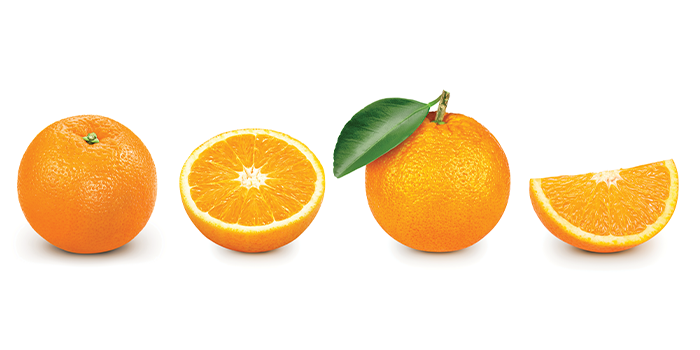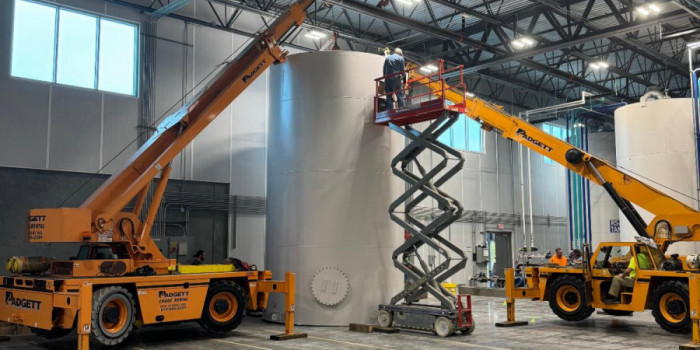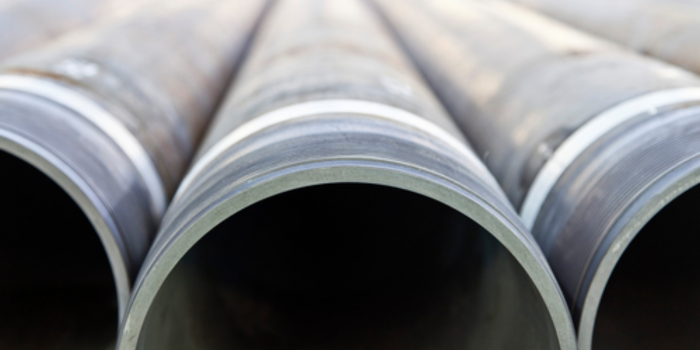Peeling Back Progress


SPRAY FOAM MAGAZINE – The Spray Foam Magazine team (SFMT) is excited to hear of another sustainable material currently being tested. This story is sure to get the juices flowing, but with so many exciting, new developments in the construction industry, is adding yet another sustainable and efficient material into the mix a tight squeeze, or a load of pulp? Or is it a great opportunity to peel back and discover even more natural materials that can help progress our industry in a positive and environmentally forward-thinking way?
AIMPLAS, based in Valencia, Spain develops technologies that help minimize environmental impact and create new useful applications for society. For more than 30 years, they have worked in the plastics industry with the objective to improve people’s quality of life and ensure environmental sustainability. This includes the development of new sustainable and efficient materials for the construction industry. The following also contributed to the project: Institute of Chemical Technology (ITQ, UPV-CSIC), Zuvamesa, a company that specializes in producing citrus juice, Lamberti Iberia, a producer of chemical products, and Laurentia Technologies, which specializes in the synthesis and manufacturer of nanomaterials.
The project, suitably named BUILD-LIMONENE, key objective is to ripen new additives and biodegradable materials that have a lower carbon footprint and apply these to the construction industry. Sustainable polymers, additives, and coatings are high on this list with demand for these materials on the increase as manufacturers, suppliers, and consumers are increasingly aware of their eco-friendly potential.
The new technology in the BUILD-LIMONENE project uses citrus peels and generated CO2 emissions. They plan to introduce this into the construction industry. The waste will predominantly come from different industrial sectors in the Valencian Community, like food waste, principally citrus waste.
The methods of producing polycarbonates and polyurethanes based on, or synthesized from, CO2 are being studied to help promote innovation and the development of new construction materials with fewer negative effects in comparison to the materials obtained from raw materials of fossil origin.
The BUILD-LIMONENE project is presently in the experimentation stage with the catalytic reaction of limonene oxide and CO2 being adjusted so that polycarbonates with specific features can be obtained. The project has also been able to distinguish the diverse varieties of oranges and mandarins with the highest limonene content.
Limonene is a natural chemical found in the peels of citrus. It is commonly used in fragrances, soaps, shampoos, to make medicine, and other health and cosmetic items. It is also used as a flavoring agent in food products. The limonene is extracted from the citrus peels and is a central ingredient in these formulations. AIMPLAS is studying and improving the processes necessary for combining limonene oxide with CO2 to acquire sustainable polymers, while Zuvamesa oversees the first step in the chain, the withdrawal of refined limonene from different Valencia oranges.
The Institute of Chemical Technology (ITQ, UPV, CSIC) is studying the epoxidation reaction of limonene by analyzing samples of Valencian oranges and mandarins of different sizes and varieties. This is achieved with sustainable catalysts prepared by Laurentia Technologies. A company in the additive chemical sector, Lamberti Iberia, then authenticates and articulates sustainable materials for the construction industry.
In terms of research, sustainable polymers, additives, and coatings are the current focus for the project. Could spray foam be next? With newer spray foams already on the market, these foams help reduce the dependence on non-renewable, fossil fuel-based materials frequently used in traditional spray foam products. It is also common knowledge that most of these new sustainable spray foam insulations include bio-based materials such as soy, castor oil, or other plant-derived compounds.
The manufacturing process of bio-based materials products has the potential to help lower greenhouse gas emissions, contributing to the broader effort of easing climate change. The hydrofluoroolefins (HFO) foams, unlike the hydrofluorocarbons (HFC), combined with sustainably sourced spray foam materials, offer up a solution with an incredibly low Global Warming Potential (GWP). The SFMT is enthusiastic to see how the BUILD-LIMONENE project develops in the polymers and coating arena. It is yet another great example of innovation and sustainability, and a great reminder that if life gives you lemons, reach for the oranges!
BUILD-LIMONENE is aligned with the conclusions on circular economy of the Strategic Committee of Specialized Innovation (CIEI), which contains the development of materials that include CO2 and food waste applied in the construction industry to reduce its carbon footprint. It is also aligned with the central ideas of Strategy of Intelligent Specialization (S3) of the Valencian Community, which is coordinated with the Council of Innovation, Industry, Commerce and Tourism.
For use by SprayFoamMagazine.com & Spray Foam Magazine
Disqus website name not provided.









































